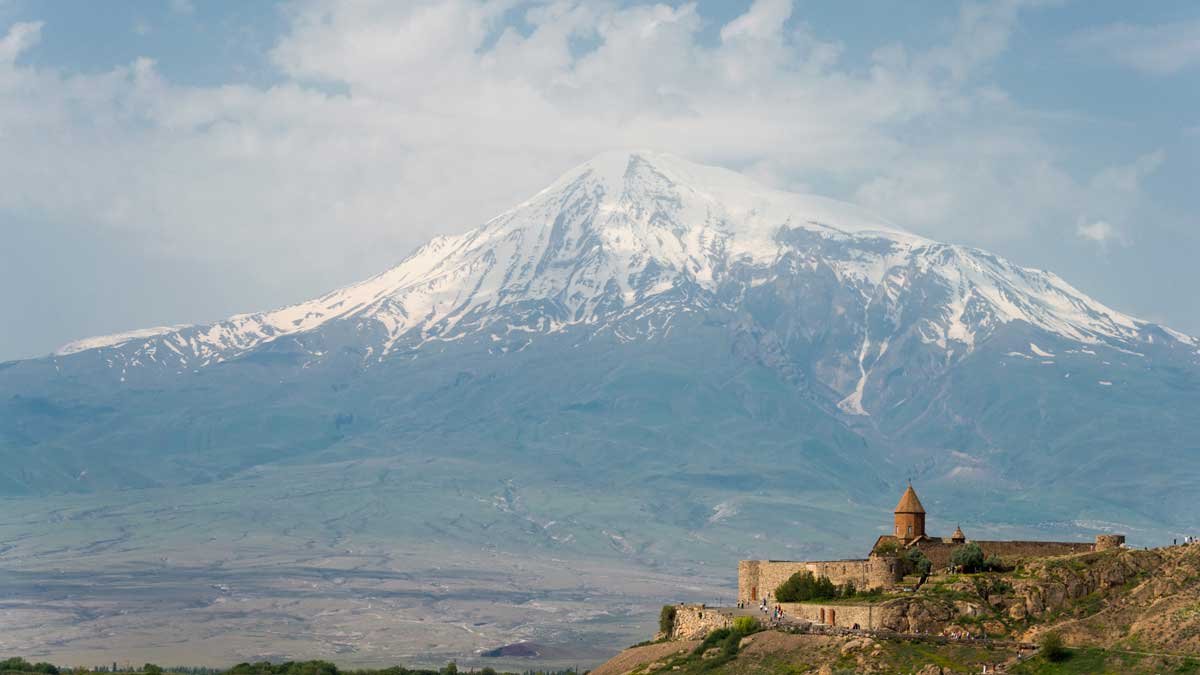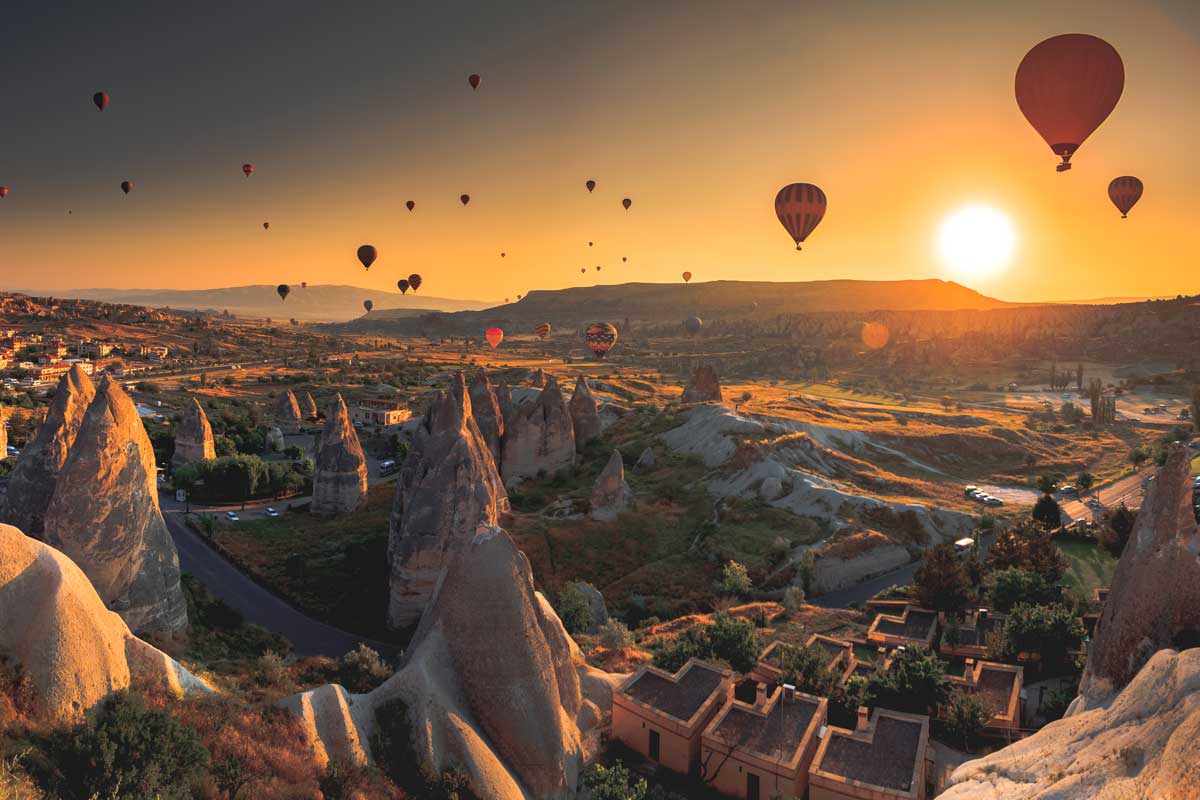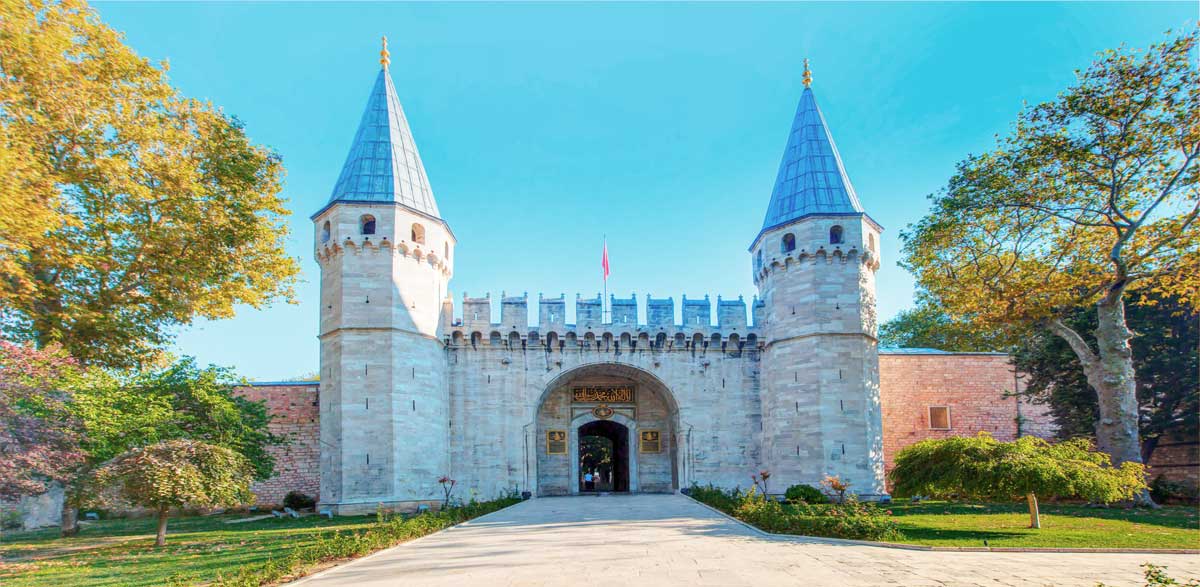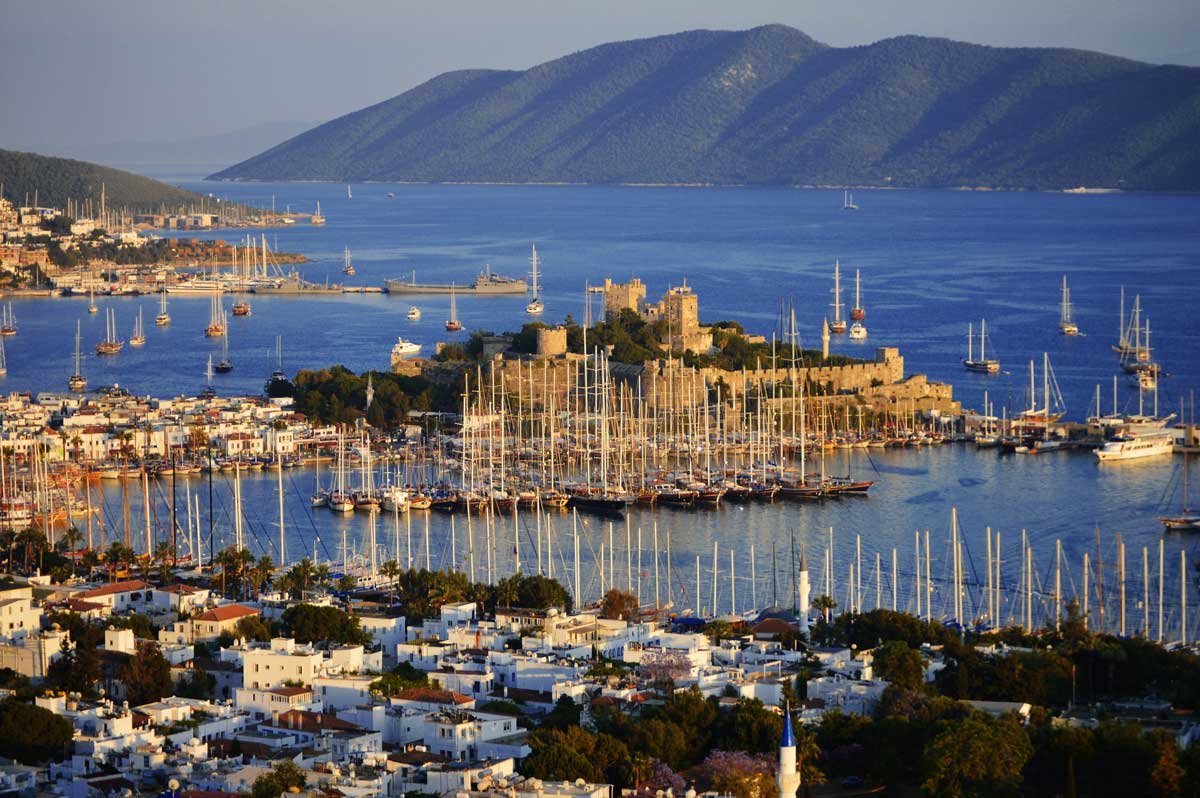One of the greatest things about Turkey is its stunning geographic diversity, as it boasts a huge variety of landscapes, ranging from pristine meadows to towering mountains!
And speaking of mountains, you might be wondering whether mountaineering in Turkey is a good idea. Does Turkey have mountains – accessible to tourists – that are worth climbing?
Well, whether you are a seasoned climber looking for a challenge or a beginner aspiring for a scenic trek, Turkey has got it.
How many mountains are there in Turkey?
The vast geography of Turkey makes it a bit challenging to count the number of mountains and peaks in the country.
According to reports, Turkey is home to over 17 different mountain ranges, with thousands of named and unnamed peaks scattered all over the country.
The highest point across the country is in Mount Ararat, which includes the two summits, known locally as “Büyük Ağrı Dağı” or “Küçük Ağrı Dağı” or Great and Little Ararat.
These snow-capped, extinct volcanic peaks stand at a remarkable height of around 5,165 meters or 16,945 feet and 3,896 meters or 12,782 feet respectively.
This well-known mountain (from the Noah’s ark story) is located in the easternmost corner of the country, a few kilometers from the borders with Armenia and Iran.
What are the best mountains to climb in Turkey?
With the country’s abundance of mountains and high peaks, there are tons of options to consider if you’re seeking a climbing adventure. Here are some of the most top mountains (excuse the pun!) to consider.
1. Mount Ararat
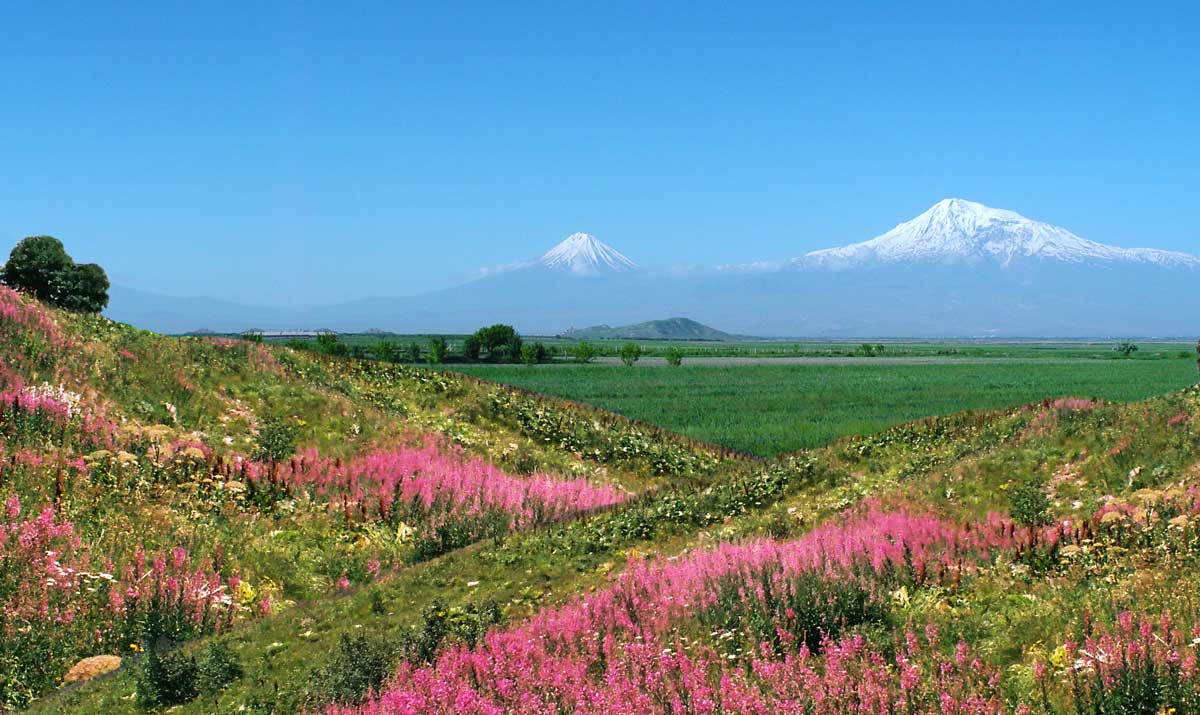
As we mentioned, the twin-peaked mountain of Ararat is not only the highest in Turkey, but it’s also the most popular. It has stunning scenery and beautiful surrounding countryside. Tourists often show interest in Mount Ararat because of its historical significance. It is known as the location Noah and his family settled after the great world flood (referenced in the Bible).
Since Ararat has two peaks, it offers a variety of challenges for mountaineers of different experience levels.
You’ll need to obtain a mountain climbing permit and have a guide accompany you through your trip.
Trekking through Ararat typically includes an acclimatization period, and the entire trip requires 3 to 4 days to complete.
Climbing Ararat is not an easy task, so most people should typically stick to the southern front of the mountain, as it has the safest routes.
2. Mount Kaçkar
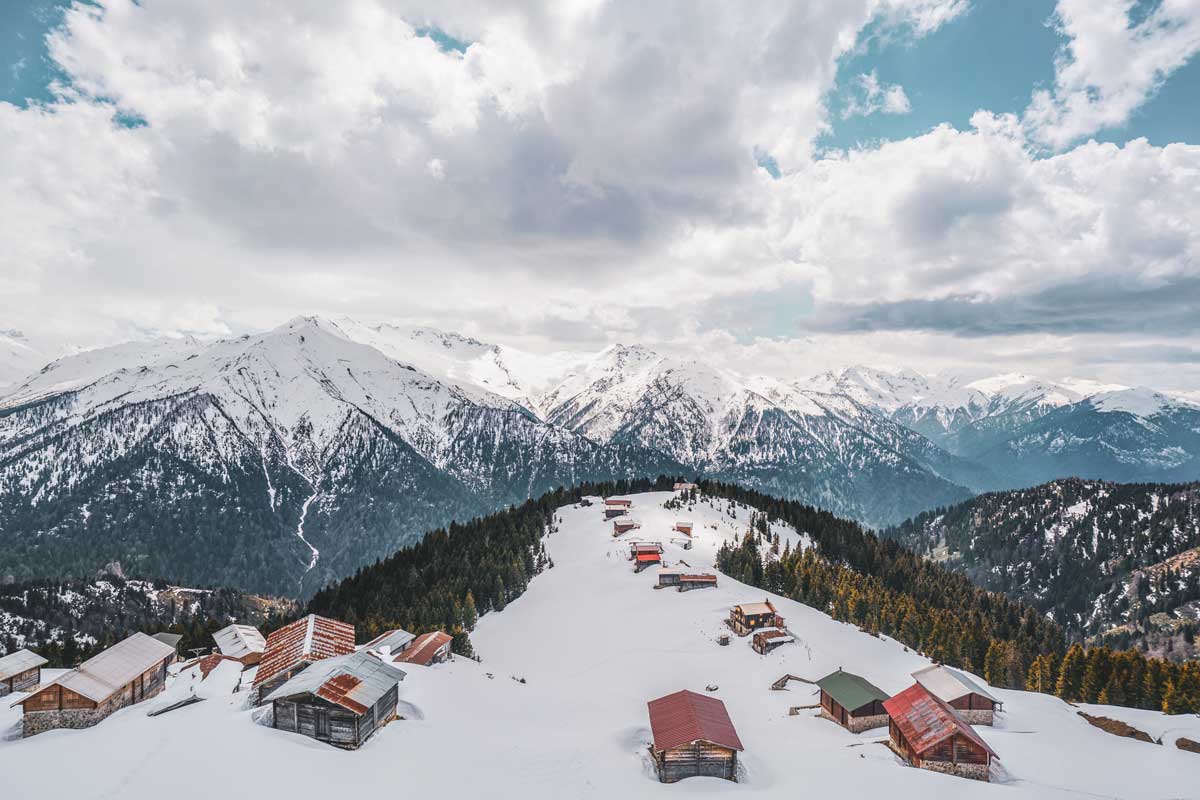
Mount Kaçkar is located at the northeastern corner of the Anatolian Mountain range. The highest peak in this mount is Kaskar Karun, standing at 3,932 meters (12,900 feet).
The mountains are known for stunning scenery and glaciated peaks, overlooking large stretches of wildflower meadows.
While it stands at a height similar to Little Ararat, climbing Kaçkar peaks like Altiparmak, Vercnik, and Kavron is incredibly enjoyable and fairly easy, but it’s still highly recommended to always have a guide with you while climbing.
The previously mentioned peaks are also remarkable spots to consider if you’re into rock climbing, as they’re rich in hard granite.
3. Mount Demirkazik
Mount Demirkazik is the highest point of the Aladağlar portion of the Toros range and directly translates to “iron post”. This is a reference to its distinctive conical shape and remarkable height, standing at 3,756 meters (12,322 feet).
The summit of Demirkazik offers panoramic views of the Aladağlar mountains, in addition to the Central Anatolian Plateau. However, to fully enjoy this view, you should visit in the Summer between June to September.
4. Mount Erciyes

Mount Erciyes is a volcanic mountain located in central Turkey, near the Kayseri Valley. It stands at an elevation of 3,917 meters (12,851 feet), making it one of the tallest volcanic peaks in Anatolia.
Its geology also makes it one of the best destinations if you’re into winter sports, such as snowboarding and skiing. The natural sloping of the mountain also makes it perfect for hiking and trekking adventures.
You’ll also find plenty of climbing tours around the area, which makes the whole process a lot easier for beginners.
5. Mount Süphan
Mount Süphan is another perfect choice if you’re looking for unmatched views of the shores of Lake Van.
Like Erciyes, Süphan is also a volcanic mountain, but it’s an extinct one. In winter, the mountain is covered with a thick layer of snow.
This makes it a perfect skiing spot besides being an excellent mountain for trekking and climbing.
Should you try mountaineering in Turkey?
Turkey has an surprising variety of mountaineering spots, and its variety allows you to find the ideal type of mountain for you, whether you’re looking for a scenic route or a serious challenge.
Many of the mountains have several guides and touring companies to make your adventure a lot more enjoyable.
As you’ve seen in the examples above, some of them require permits to ensure your safety during the trip.
Although some of these mountains are located in extremely remote areas, some are actually a couple of hours away from major cities and tourist destinations, so you always have a variety of places to check out.
You should always keep track of the weather forecast and plan your trip accordingly to avoid any weather disturbances.
Are there mountaineering clubs in Turkey?
There are plenty of mountaineering clubs and tour organizations all over the country. They are usually connected to the official Turkish Mountaineering Federation (founded in 1936).
You can find out more about the federation by checking out its official website for information about events and organizations (you’ll have to translate the site to English to read).
As you can see, Turkey is home to some exceptional mountains with varying levels of difficulty to suit everyone.
Not only that, but you can also enjoy a wide range of mountaineering activities while you’re at it, such as rock climbing, trekking, hiking, and even winter sports like skiing and snowboarding.
Remember to always use the help of a local guide service when climbing mountains – stay safe and never go alone.

I’m a writer and graphic designer currently living in Turkey with my family. I enjoy learning language, great food (chicken kebab is a favourite at the moment) and experiencing places less-traveled.

